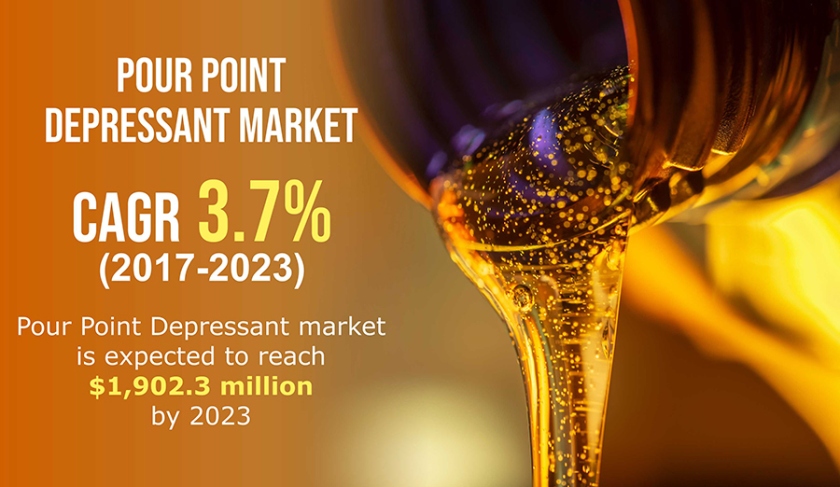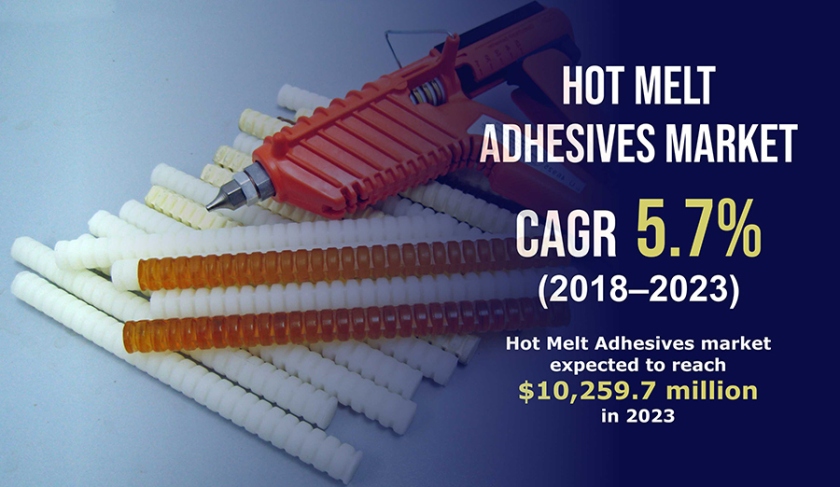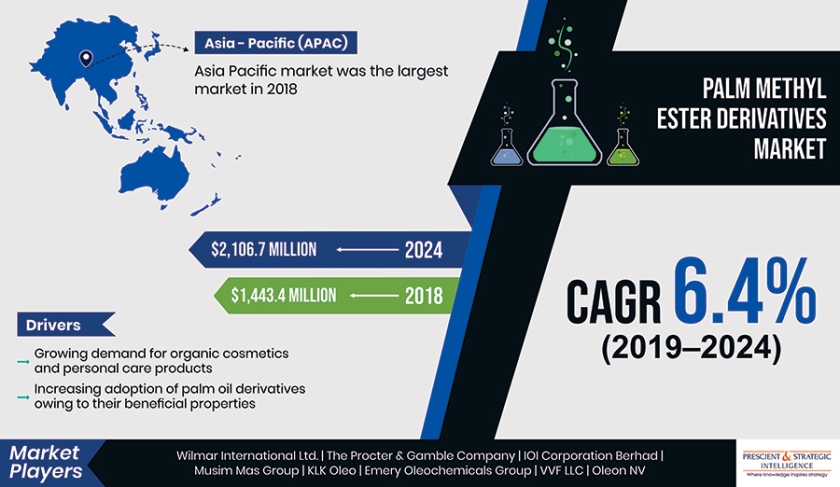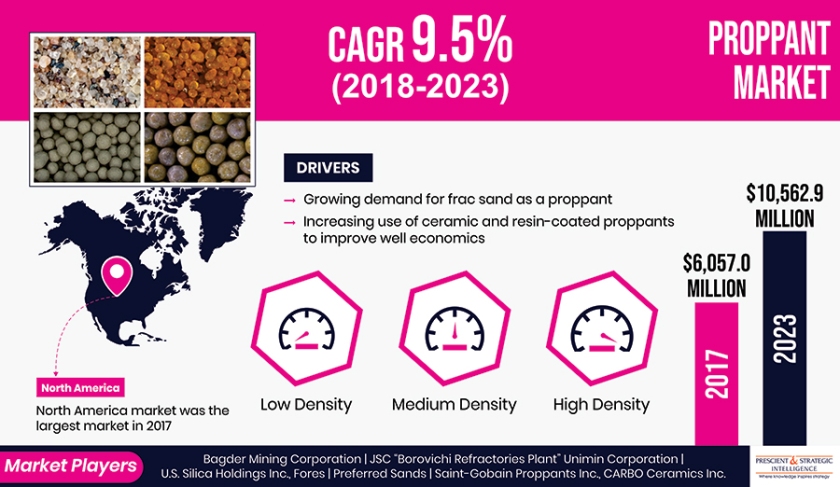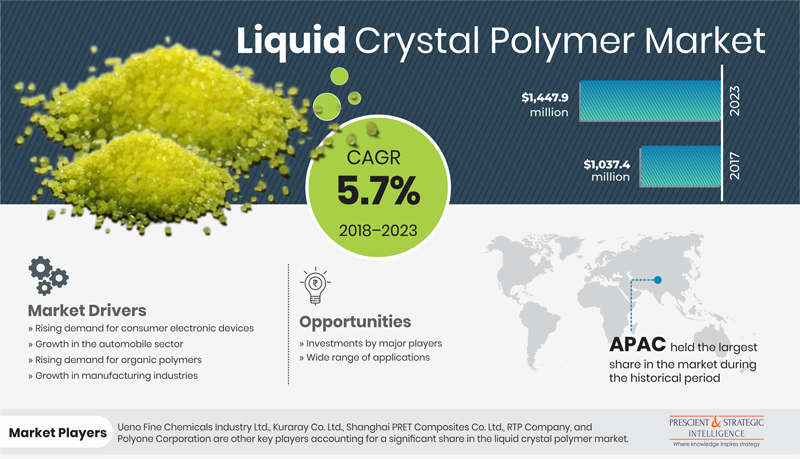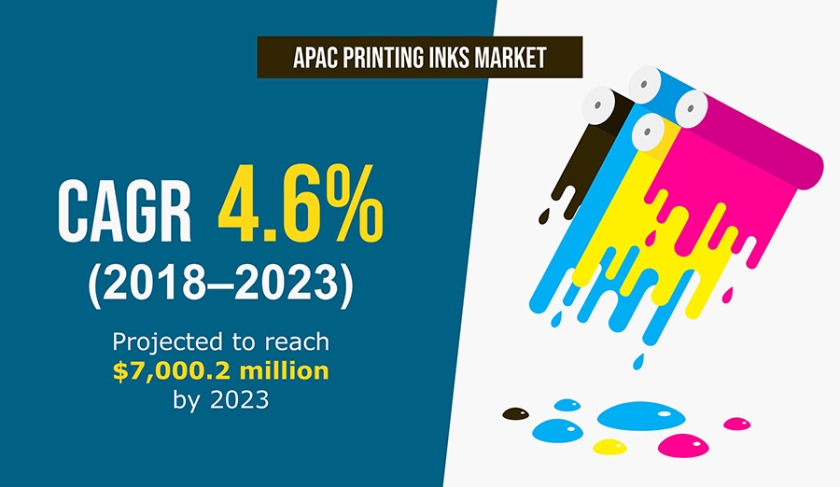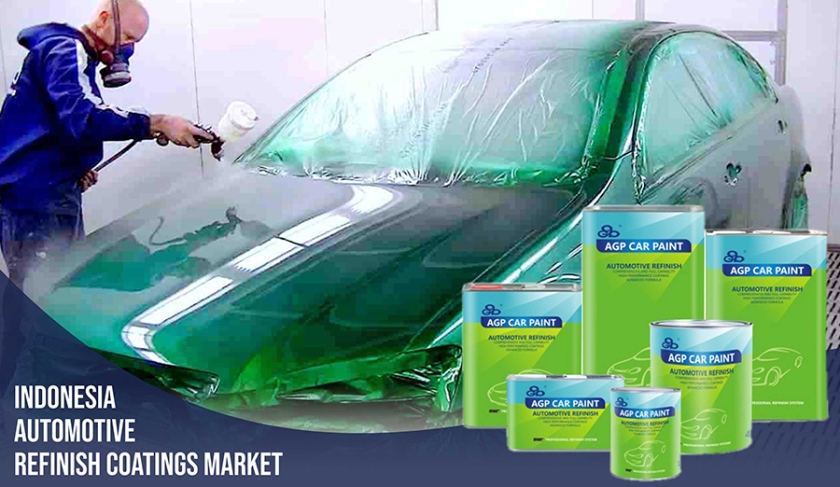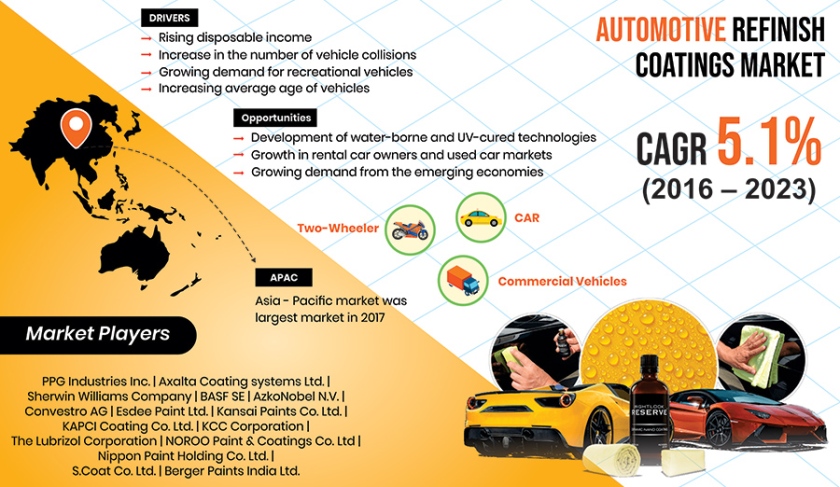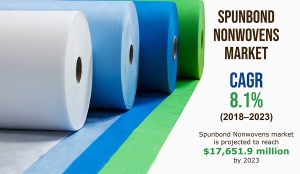The rising sale of vehicles is boosting the automotive domain growth, particularly in the developing nations in Asia-Pacific (APAC). The significant consumption of lubricants in the automotive domain is, in turn, fueling the pour point depressant sector progress. Owing to the surging population and increasing income levels in APAC, the sales of vehicles are predicted to grow further. The automotive domain in China, due to the growing middle-class populace, which is anticipated to accelerate vehicle replacements and new purchases, is expected to register steady growth.
Get a Sample Copy of this Report @ https://www.psmarketresearch.com/market-analysis/pour-point-depressant-market/report-sample
Europe was the second largest region with a share of more than 20.0% in the global pour point depressant market in 2016 in terms of revenue, owing to the increasing refining capacity in the region.
Besides, the rising awareness among the population on the environment and human health has become a hurdle for automobile manufacturers. Governments and people are now pushing them to reduce the emission of harmful substances in the environment from facilities and vehicles. Hence, the increasing sales of automotive lubricants and high-performance vehicles are anticipated to boost the pour point depressant sector.
Make Enquiry Before Purchase @ https://www.psmarketresearch.com/send-enquiry?enquiry-url=pour-point-depressant-market
Asia-Pacific held the largest share of the global pour point depressant market during the historical period. The application of PPDs is gaining momentum in the lubricant, automotive, and oil and gas industries. The formation of ASEAN Economic Community will act as a positive catalyst for ASEAN’s lubricant market, as it had proposed the removal of tariffs on vehicles, which will create a direct impact on the demand of vehicles. This will also prompt lubricant manufacturers to expand and penetrate the emerging markets in ASEAN. This in turn will drive the growth of the market in the region.
The pour point depressant market for oil and gas industry, on the basis of chemistry, is segmented into ethylene co-vinyl-acetate (EVA), poly alpha olefin, and PAMA. EVA was the largest segment with a share of more than 45.0% in the market in 2016 in terms of revenue. EVA is considered the most promising chemistry for oil and gas applications as it has better wax inhibition properties in crude and refined oil.
